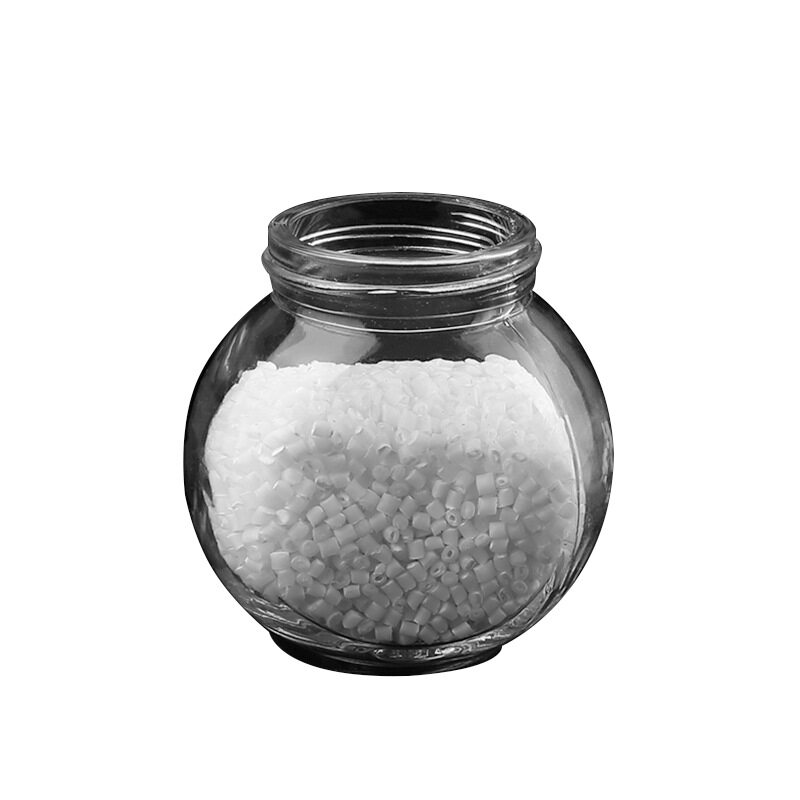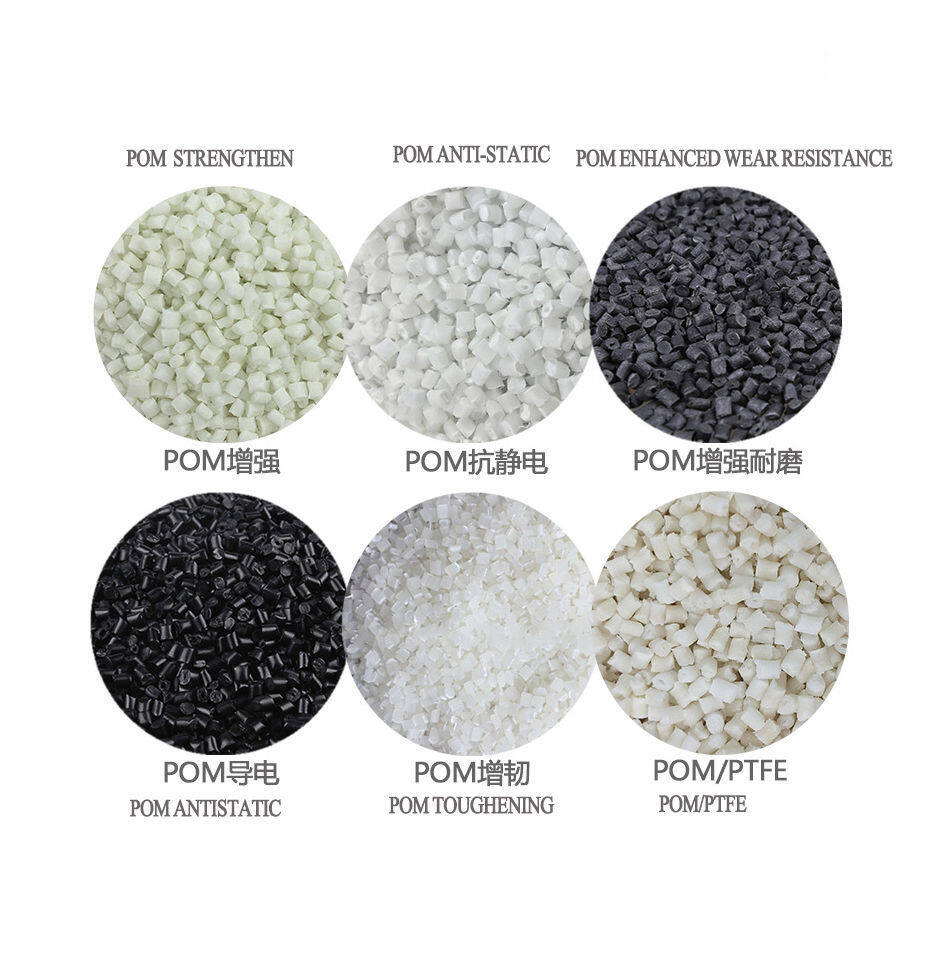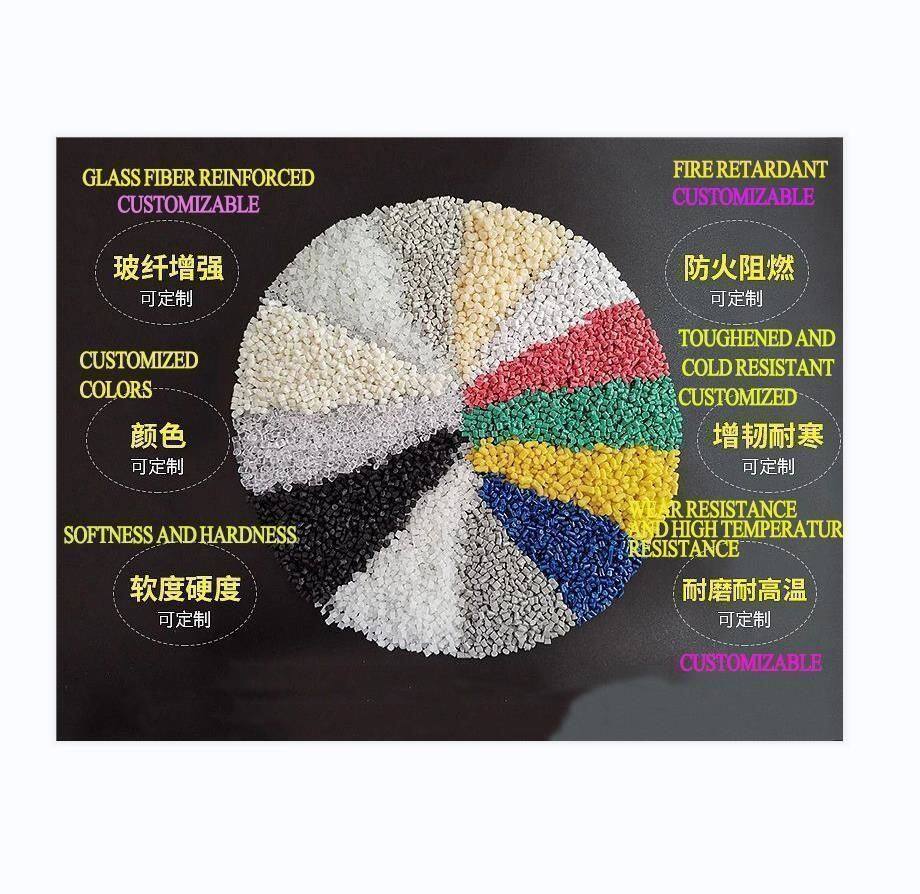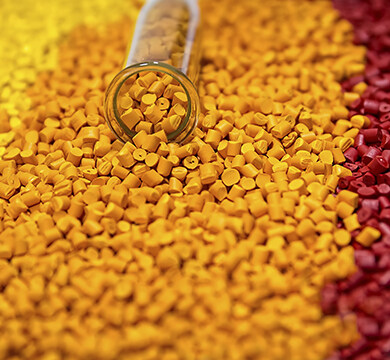Email format error
Email cannot be empty
Email already exists
6-20 characters(letters plus numbers only)
The password is inconsistent
Email format error
Email cannot be empty
Email does not exist
6-20 characters(letters plus numbers only)
The password is inconsistent

Offer Technical Support and Customized Solutions
The company is committed to creating new and improved plastic materials to meet the evolving demands of the market.

Exploring the Versatility of POM Pellets: Characteristics, Applications, and Future Prospects 1
Introduction
Polyoxymethylene (POM) pellets, also known as acetal or polyacetal pellets, are a type of engineering plastic that is widely used in various industries. In this blog post, we will explore the characteristics, advantages, applications, production process, market trends, environmental performance, processing requirements, quality standards, storage, and transportation considerations, as well as the future development and prospects of POM pellets.
Characteristics and Advantages of POM Pellets
POM pellets are known for their excellent mechanical properties, including high strength, stiffness, and hardness. They also have good dimensional stability, a low friction coefficient, and excellent wear resistance. These properties make POM pellets suitable for applications that require high precision, low friction, and wear resistance.
In terms of advantages, POM pellets have a low coefficient of friction, which reduces the need for lubrication in many applications. They also have good chemical resistance, especially to solvents, fuels, and oils. Additionally, POM pellets have excellent creep resistance, meaning they can withstand long-term stress without significant deformation.

Applications of POM Pellets
The applications of POM pellets are diverse and can be found in industries such as automotive, electrical and electronics, consumer goods, and industrial machinery. In the automotive industry, POM pellets are used for fuel system components, gears, and interior trim parts. In the electrical and electronics industries, they are used for connectors, switches, and insulating components. POM pellets are also commonly used in the production of consumer goods such as zippers, handles, and toys.
Production Process of POM Pellets
The production process for POM pellets involves several steps. It typically starts with the polymerization of formaldehyde to form polyoxymethylene resin. The resin is then processed into pellets through extrusion or injection moulding. The pellets are then cooled, solidified, and packaged for distribution.
Pricing and Market Trends of POM Pellets
In terms of pricing and market trends, the cost of POM pellets can vary depending on factors such as raw material prices, production volume, and market demand. Generally, POM pellets are considered a relatively high-priced engineering plastic due to their excellent properties and performance. The market for POM pellets is expected to grow steadily in the coming years, driven by increasing demand from various industries.
Comparison of POM Pellets with Other Plastic Pellets
When compared to other plastic pellets, POM pellets have several advantages. They have better mechanical properties than many other plastics, including higher strength and stiffness. POM pellets also have excellent dimensional stability and low moisture absorption, making them suitable for applications that require tight tolerances and resistance to moisture.
Environmental Performance of POM Pellets
In terms of environmental performance, POM pellets are considered to be relatively environmentally friendly. They have low emissions during production and can be recycled. However, it is important to note that proper waste management and recycling practises should be followed to minimise environmental impact.

Processing Requirements and Forming Techniques for POM Pellets
In terms of processing requirements, POM pellets have good melt flow properties, which make them suitable for various processing methods such as injection moulding, extrusion, and blow moulding. However, it is important to control the processing temperature and avoid overheating, as excessive heat can degrade the material and affect its properties.
Quality Standards and Testing Methods for POM Pellets
POM pellets are subject to various quality standards and testing methods to ensure their performance and reliability. These standards may include mechanical property testing, thermal stability testing, and chemical resistance testing. Manufacturers and users should adhere to these standards to ensure the quality of the final products.

